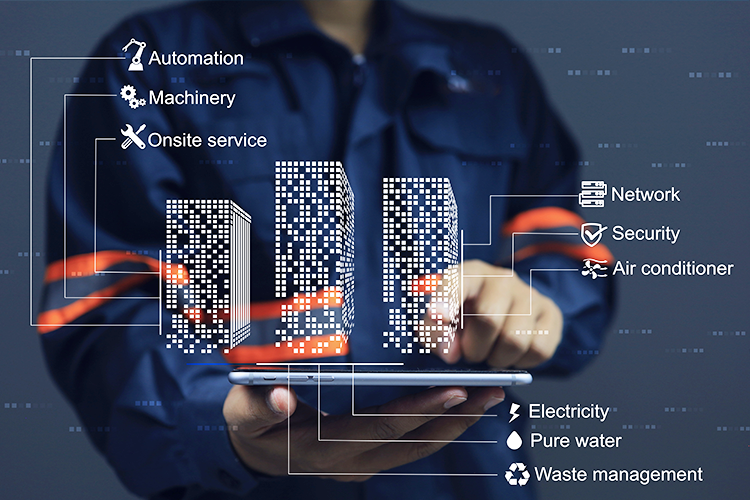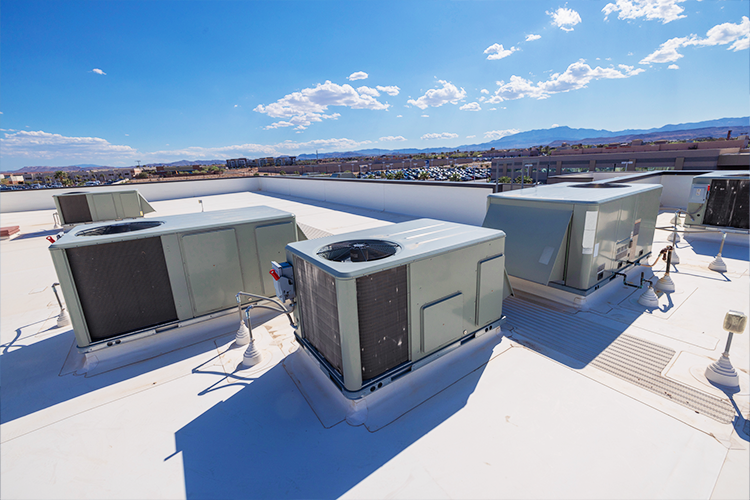Use Smart UV-C Technology to Overcome Labor Shortages in Health Care
March 3, 2022
COVID-19 amplified deep staffing issues that were raising concerns in health care even before the start of the pandemic. In long term care environments, the problem reached crisis levels in September 2021 when a nationwide survey of 1,200 facilities conducted by the American Health Care Association (AHCA) reported 99% of nursing homes and 96% of assisted care facilities faced significant staffing shortages. In some instances, facilities turned away new residents because they couldn’t hire enough workers to provide consistent levels of care.
The shortage is reflected in the 40% increase in nationwide job openings for non-clinical positions such as environmental service and facilities workers. These workers are critical to maintaining health care operations, particularly in the areas of cleaning and disinfection.
The demand in health care for more frequent and effective disinfection protocols, for both air and surfaces, was going on long before COVID-19. The current labor shortages have only intensified the industry’s sense of urgency in that area.
Many reasons for the exodus are cited in the press, but the bottom line is that the shortage of workers is not going away any time soon. And, with “all-hands-on-deck” just to meet baseline cleaning requirements, a new solution is needed.
Continuous cleaning in occupied spaces without additional human interaction
One answer may be in the recent advancements in ultra violet (UV) disinfection lighting.
Used for decades in health care settings such as hospital surgery rooms, TB clinics/wards, etc., disinfection UV-C lighting is a highly effective supplement to inconsistent manual, liquid-based cleaning procedures. It can kill a variety of pathogens including Influenza, Severe Acute Respiratory Syndrome (SARS), athlete’s foot, staph infections, ringworm and MRSA.
When applied as surface disinfection, traditional 254 nm wavelength UV-C requires special installation methods to prevent damage to skin and eyes. Rooms must be vacated during 254 nm UV-C treatment. It’s a “one-and-done” process just like manual cleaning. The level of disinfection only lasts until the next contaminated person touches or sneezes on a surface. It basically adds a level of increased consistency over manual cleaning but doesn’t address the challenge of staff shortages or the ultimate goal of continuous disinfection.
That brings us to the newly introduced 222 nm wavelength UV-C technologies. Used in units that are placed high on walls and ceilings, 222 nm UV-C has the ability to safely and continuously disinfect surfaces as well as air, in occupied rooms. There is no more "one-and-done." You can continuously treat pathogens during and between manual, liquid cleaning cycles. 222 nm UV-C has the potential to transform disinfection capability in the health care space. It also has significant potential to help deal with health care labor shortages.
Cleaning procedures don’t need to be changed. Cleaning staff don’t need to be retrained. The 222 nm UV-C simply runs in the background, providing disinfection improvements.
Is 222 nm UV-C cost effective?
Consider this preliminary example: To fill an open position for an experienced hospital cleaner in the United States, hospitals are offering individual salaries equivalent to installing a disinfectant lighting solution in up to 30 patient restrooms!
These patient restrooms, often described as infection “hotspots,” can easily be upfitted with 222 nm UV-C fixtures that have operating times of up to five years before they need to be replaced.
Why not use the budget allocated for a difficult-to-fill open position to invest in making your facility safer?
This is obviously a very high-level example. There are several variables that would ultimately determine the benefits and costs for a specific health care facility, but it helps illustrate the potential for the technology.
Working with a trusted partner like EMC is a great way to see if disinfection UV lighting like 222 nm UV-C can help, not just with the ongoing battle to improve disinfection capability, but also with taking pressure off existing staff during a time of labor shortage.
Kent Shields is the general manager of EMC’s Specialty Lighting business unit with a focus on UV-C disinfection products, grow lights and human-centric lighting. Prior to EMC, Kent was President of L70 Technologies, a leading innovative product development engineering firm. Kent holds a mechanical engineering degree from Purdue University and an MBA from the University of Minnesota.


